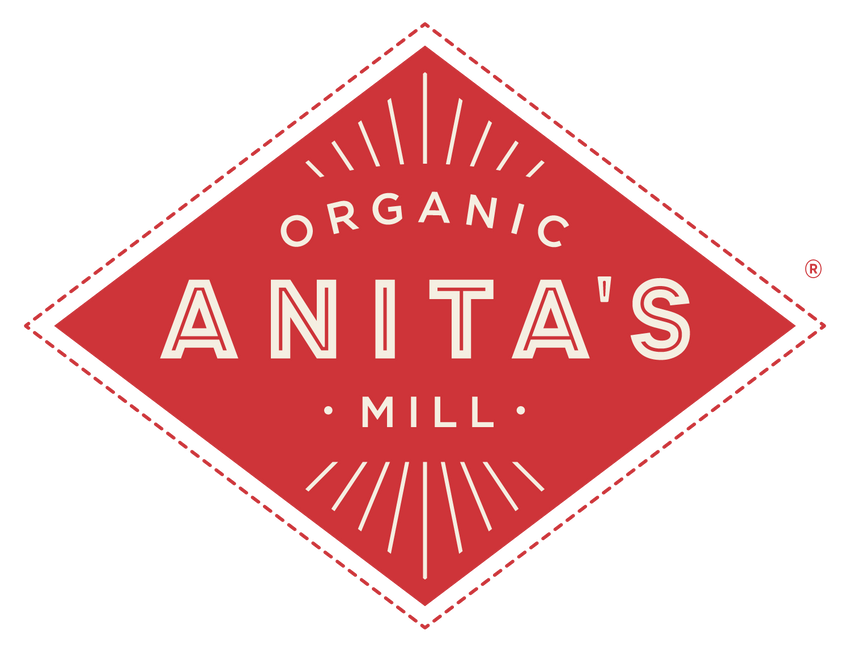
A Guide to Foraging Wild Edibles
Before nomadic peoples settled down and became farmers, they foraged their food. They were aptly called hunter-gatherers. After 12,000 years of deliberately planting crops, foraging or gathering is gaining traction again.
n
Before nomadic peoples settled down and became farmers, they foraged their food. They were aptly called hunter-gatherers. After 12,000 years of deliberately planting crops, foraging or gathering is gaining traction again.
Why?
Wild food foraged from surroundings as close as your backyard is the most local food you will find. Because it is wild, it grew with no maintenance - no planting, irrigating, fertilizing, spraying of pesticides, or weeding. It flourished in its natural environment, making it hardy and nutrient dense. Wild food is what food was like before we domesticated it, breeding certain traits into and out of it. It’s pure food. Foraging also gets you outside and moving around. Yes, you can harvest good things to eat in your backyard, but you will find a wider variety by hiking in the forest, mountains or along a river. Unplug, and reconnect with the natural world. Learn about ecosystems, habitats, the weather, and the seasons. You’ll have a new perspective on the outdoors!Know Your Plants
- Before you go out back and start picking greens for dinner, you need to know your plants. Never eat anything when you are not 100% sure of its identification! Learn ID from someone else who is knowledgeable. Find a mentor. Go on plant walks with a group. Find an herbalist, and ask to tag along on a gathering day. Expect to use all of your senses to learn wild plant ID. Verify your ID and gather more information with books, but don’t solely use them for identification.
- Always use Latin names. It is the only way to positively identify a plant. One common name may be used for many plants - this is especially true regionally. Bluebells here may be different than bluebells in another location.
- Understand the ecosystem a plant lives in. Is it sunny, shady, forested, open meadow, dry, wet? Also note what other plants grow around it. Instead of just searching for plant A, you can look for plants B and C, which grow near it.
- Protect the ecosystem by not over-harvesting. If you remove all parts of a grouping of plants, you have altered the entire ecosystem for the plants and animals that depend on it. A general rule is to harvest less than 10% of the plant colony. Do not harvest endangered species!
- Know which plant parts are edible and when, and harvest accordingly. If you only need flowers, leave the roots and leaves intact. Harvest only what you need, which should not be more than 25% of one plant. Again, this protects the ecosystem.
- For your own protection, do not forage in polluted water or other toxic areas. There may be a perfect specimen growing in a crack in a city sidewalk, but do you really want to eat that? Look for healthy plants in healthy ecosystems.
Using Your Harvest
- Maybe you have eaten wild blackberries, greens, or nuts while grazing on an outdoor adventure. But how would you prepare a basket full of purposefully harvested seeds, flowers, and leaves?
- A foraging friend of mine suggests these two websites to inspire your culinary abilities: Hunger and Thirst and Wild Food Girl. Dock, mustard, prickly pear, asparagus, acorns, and yucca flowers can grace your plate and fill your belly.
- Forage for wild mushrooms with this helpful guide.
- Expand your palette and cut down your grocery bill while getting some exercise and fresh air any time of year. This is truly seasonal eating!
- Also check out Wild Edible, a comprehensive website full of information on foraging.
Would you like to be the first to hear about our new products and more? Sign up for our Nature’s Path Newsletter.








